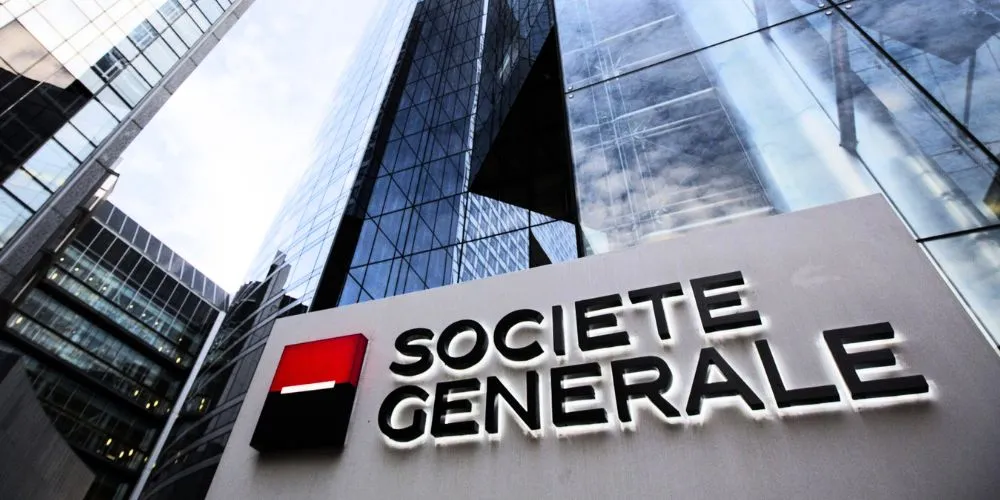Key Points:
- For Societe Generale’s withdrawal, the bank will exit the LME ring on August 27, reducing the number of members to seven.
- The ring is Europe’s last open-outcry trading floor, known for setting global reference prices for key industrial metals.
- Societe Generale will become a Category 2 member, continuing to trade electronically but no longer directly participating in the ring.
- Concerns over the ring’s future persist; the ring has been steadily losing members, with the latest departure reflecting broader changes.
The exchange confirmed that Societe Generale International (SOGN.PA) announced it would exit its membership on the London Metal Exchange’s (LME) open-outcry trading floor on Friday. This decision has intensified concerns about the future of the LME’s historic trading ring, the last remaining open-outcry trading venue in Europe.
The LME ring has gradually lost members over the years. At its peak in the late 1980s, the ring had about 30 members. With Societe Generale’s exit, only seven members remain. The LME ring is a key component of the global metals market, where daily official prices for metals such as copper, aluminum, zinc, lead, nickel, and tin are set. These prices are global references for physical supply contracts between metals producers and consumers.
As of August 27, Societe Generale will no longer be a Category 1 member, which allows direct participation in the ring. Instead, the bank will transition to a Category 2 member, which permits trading for its account and on behalf of clients via the LME’s electronic system.
Category 2 members also retain membership in the LME clearing house. While Societe Generale declined to comment on the move, a source close to the bank indicated that despite withdrawing from the ring, the bank would continue supporting metals clients.
This latest departure follows the 2021 exit of ED&F Man Capital Markets, which left the ring after being acquired by fellow member Marex. The LME has previously stated that if the number of Category 1 members falls below six. Or if their trading volumes in the second ring drop to less than 75% of the previous year’s levels, the ring could be closed, and official pricing would shift entirely to the electronic system.










